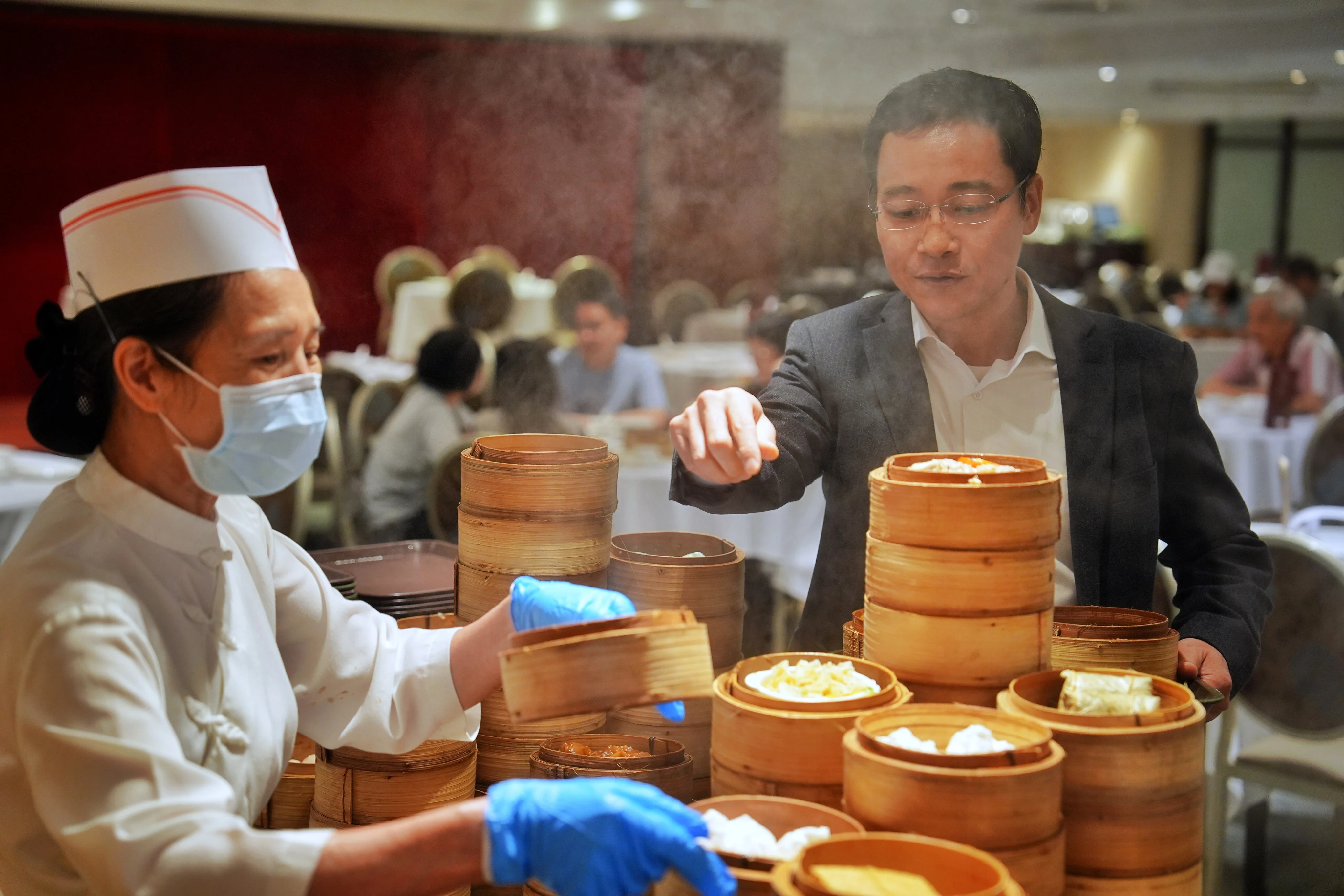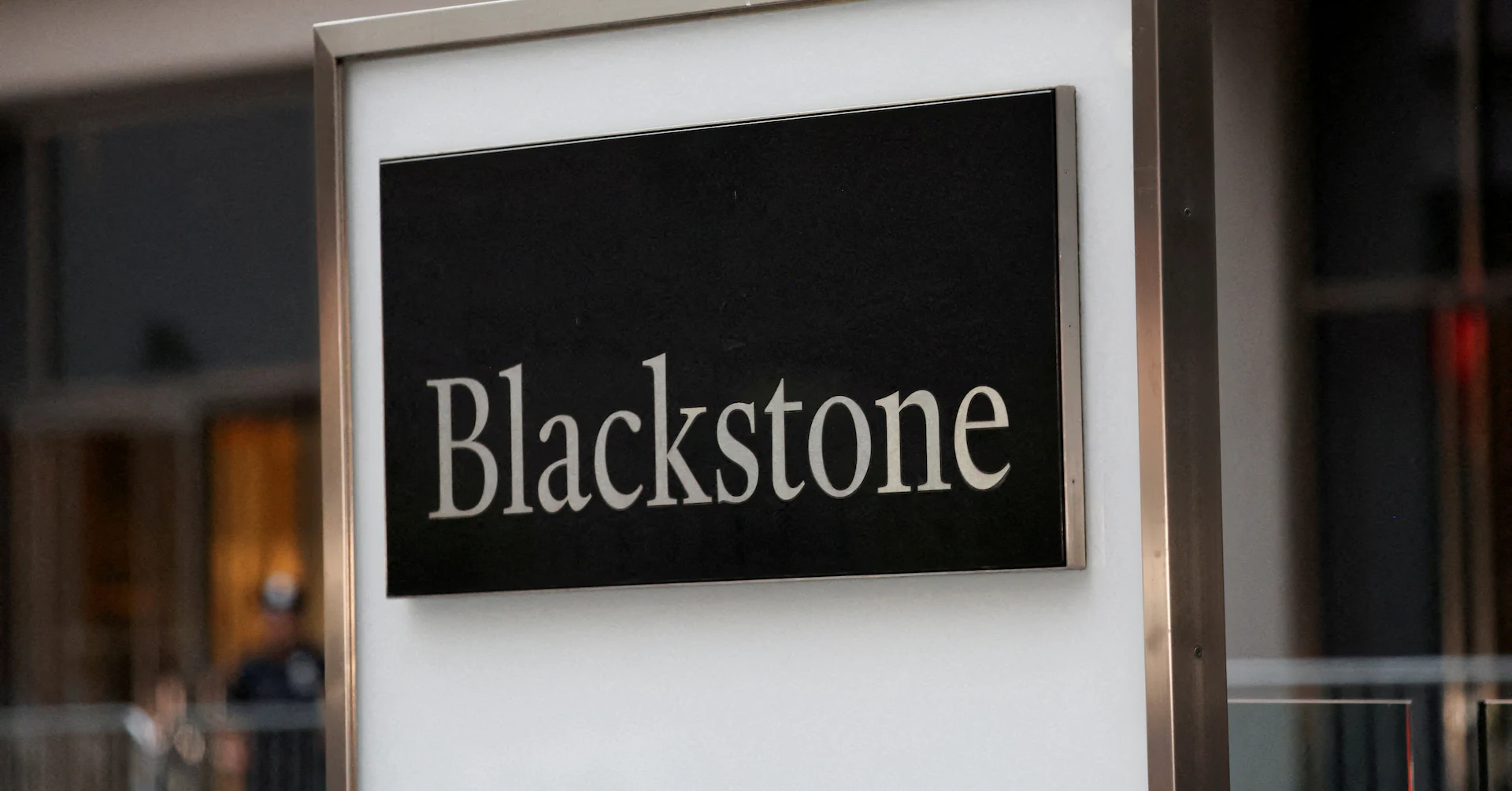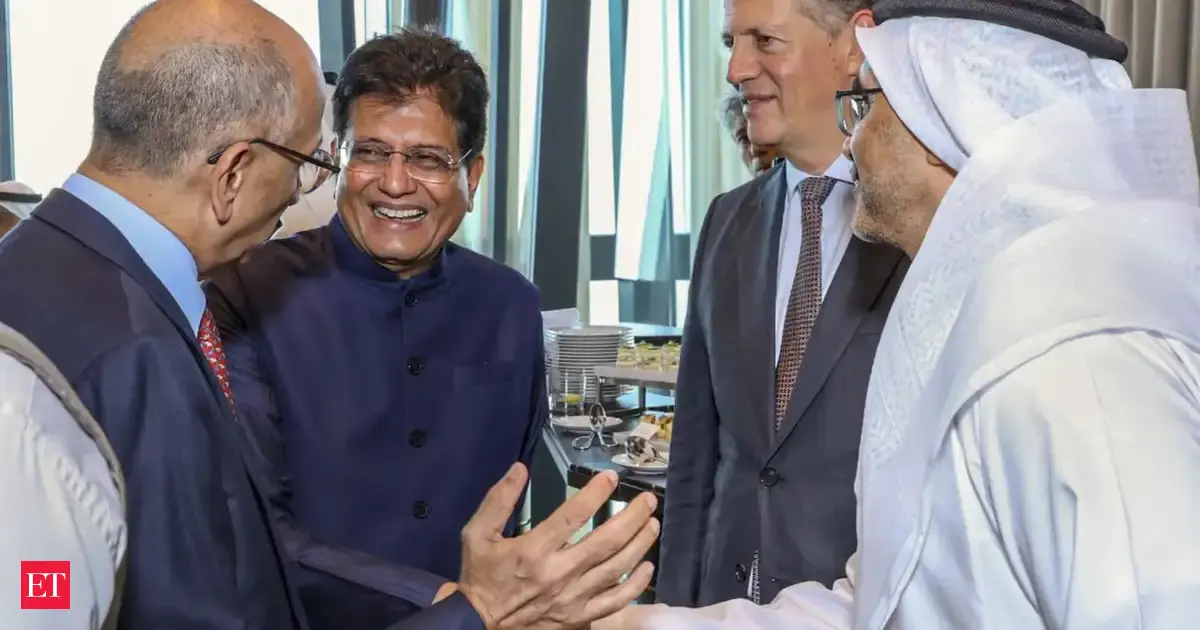By Charmaine Mok
Copyright scmp

For Mamoru Hayashi, the closure of Metropol – the Cantonese restaurant his family has run for the past 35 years in Hong Kong’s Admiralty area – on September 27 is not something he views with sadness.
Unlike many recent restaurant closures – often lacking notice or completely unannounced – the sunsetting of Metropol was sealed months prior, in July, with news of the venue being acquired by the Hong Kong University of Science and Technology (HKUST) for HK$354.4 million (US$45 million).
It is the end of an era for the restaurant that, under the Heichinrou Group, has been serving traditional Cantonese food and offering the classic dim sum trolley experience since 1990. It also draws a chapter of life to a close for Hayashi, who joined the company in 2009 by working his way through the kitchen trenches and is now its managing director.
“As much as this announcement is saddening for many people, we do not want to have it that way,” Hayashi explains. “That is why we added the first two Chinese characters to our [closure] notice.”
He is referring to the words gwong wing preceding the usual git yip (to close a business), creating a poetic turn of phrase that roughly translates to “a glorious ending” – a noble one – in Cantonese. The words headline the Chinese version of the announcement, in which they thank guests and loyal fans of Metropol for their support over the years.
“We’re not trying to create sadness,” Hayashi says. “We’re trying to give some time to all the customers who have supported us for 35 years to come back, have a last taste, and leave with good memories. That is the idea.”
And that is what we are here for. It is midmorning when we meet over dim sum, and Metropol is already buzzing with the familiar sounds of clattering chopsticks and animated conversation. Next to our table is a small group of middle-aged women excitedly catching up over steamed dumplings and hot Puer tea, their faces lighting up each time a new member of the clan arrives.
While Metropol is known for pioneering the now-iconic roving dim sum trolleys, the heart of the restaurant features a lively island where staff deftly fry up fresh batches of turnip cake, taro cake and cheung fun (rice noodle rolls) that diners can pick up, alongside hot classics ranging from curry fishballs to braised pig’s trotter, and nostalgic desserts such as rainbow-coloured jelly (with the obligatory paper umbrella).
From the steam station, Hayashi has selected for us a few baskets of his favourite dim sum: har gao (shrimp dumplings), chicken feet in black bean sauce, pork trotter steamed with fermented bean curd, and fluffy ma lai go (steamed brown sugar cake).
“We’ve been very lucky since the beginning,” he says, referring to the support the restaurant has been given from regular customers as well as tourists. He describes elderly customers who eat there almost daily, drawn to the restaurant’s solid offerings and engaging “dim sum aunties”, who are arguably the heart and soul of Metropol.
As one of the last remaining dim sum trolley restaurants in Hong Kong, Metropol represents a rapidly diminishing pool of long-standing Chinese restaurants known for their commitment to preserving traditional Cantonese cuisine. And yet, surprisingly, the restaurant’s roots lie in Yokohama, a port city south of Tokyo.
“Our restaurant started in Japan,” says Hayashi, who grew up as part of the Chinese diaspora in Yokohama. And while he is part of the third generation of his family to run Metropol – along with his brother Kan – the Hayashis were not the original custodians of the Heichinrou name.
The original Heichinrou restaurant was founded in Yokohama’s Chinatown in 1884 by the Zhang family, who took care of it for two generations before the building collapsed after the Great Kanto earthquake. Subsequently, it was taken over by the Bao family, who rebuilt and managed Heichinrou until World War II, when it was destroyed during air raids over Yokohama.
It was Hayashi’s grandfather, Tatsuo Hayashi – born in Guangdong, China as Pang Zhuchen – who bought what was left, along with the restaurant brand and land from the Baos, with the aim of reviving Heichinrou. By 1967, the Heichinrou Group had become a limited company.
Hayashi’s father Yasuhiro brought the Heichinrou name to Hong Kong, launching Heichinrou Seafood Restaurant in 1988 in Tsim Sha Tsui’s Lippo Sun Plaza. Two years later, he saw the opportunity to buy four floors in Admiralty’s United Centre, which came with an eatery called United Restaurant.
“My father took over the property and changed the name to Metropol, but without the ‘e’. Why? [Because] it doesn’t exist in the dictionary,” says Hayashi with a laugh.
The name reflected the ambition for Metropol to represent the heart of the city as the most important restaurant in terms of quality, service and size.
“Because Hong Kong is Asia,” Hayashi says. “If we can become the largest restaurant, preserving Chinese cuisine, culture, tradition, the best quality service … the first zau lau [Chinese banqueting restaurant] to have tablecloths and no MSG, no additional food colouring, safety measures, quality … that would match the name Metropol.”
Hayashi joined the business in 2009, first working in the kitchen of Heichinrou Causeway Bay before eventually moving to Metropol.
It was a big change for someone who worked in IT in his twenties, but Hayashi was inspired by seeing his father build the restaurant business.
“Once in a while he would take [me and my brother] to the restaurant. But he never really forced us or persuaded us to enter the [business].
“He did always show us how fun [it] was. As we grew up, he did tell me that business would be suitable [for me]. He would tell me that I seemed to enjoy service, helping others, serving people.”
Over the decades, Metropol was decidedly low-key about promoting itself, save for an iconic poster several storeys high on the facade of the United Centre spotlighting its famed shrimp dumplings. Instead, Hayashi explains, the restaurant chose to focus on keeping traditions going.
“I believe, at the end of the day, we return to the origins – what you had as a child, the food that you grew up with,” says Hayashi. “The visual, the flavour, the aroma, the culture.”
It is why you will see dishes like quail’s egg siu mai and ma yung bao (sesame paste buns) – items that may lack what is considered modern Instagrammability, but are rich in nostalgia and flavour. Other times, more complex Cantonese dishes such as braised pomelo peel can be arranged for regular guests who request them.
“We enjoy preserving culture,” says Hayashi. “That’s the key – we don’t have many new dishes all the time.”
While other restaurants have dabbled in modernising Chinese food by creating fusion dishes or integrating alternative techniques, Hayashi says that is not part of their vision.
“We don’t do ‘gastronomical’ dishes,” he says. “Coming from Japan, we’ve been trying so hard to keep tradition. There are loads of people in Hong Kong who still value [it].”
He is eternally grateful to the people who have supported the restaurant for 35 years.
“We wrote in the notice that our position is to send our appreciation, to thank Hong Kong for the 35 years,” he says. “It’s been a long [journey]. We’ve been through a lot. If it wasn’t for the customers, this location, this place in Hong Kong, this journey would not have been so exciting, so enjoyable.”
He adds that a number of the famous dim sum trolleys will be transferred to the Heichinrou restaurant in Kwun Tong.
As for what might be the next chapter in the Heichinrou story, he chooses not to reveal too much.
“Our company, our family, our team, we took a 35-year journey. There’s a start, there’s an end – for this restaurant, we figure 35 years is a good period. We’ll be looking to start another journey,” he says with a smile.
“We’ll keep going. It’s been going for over 140 years now.”



